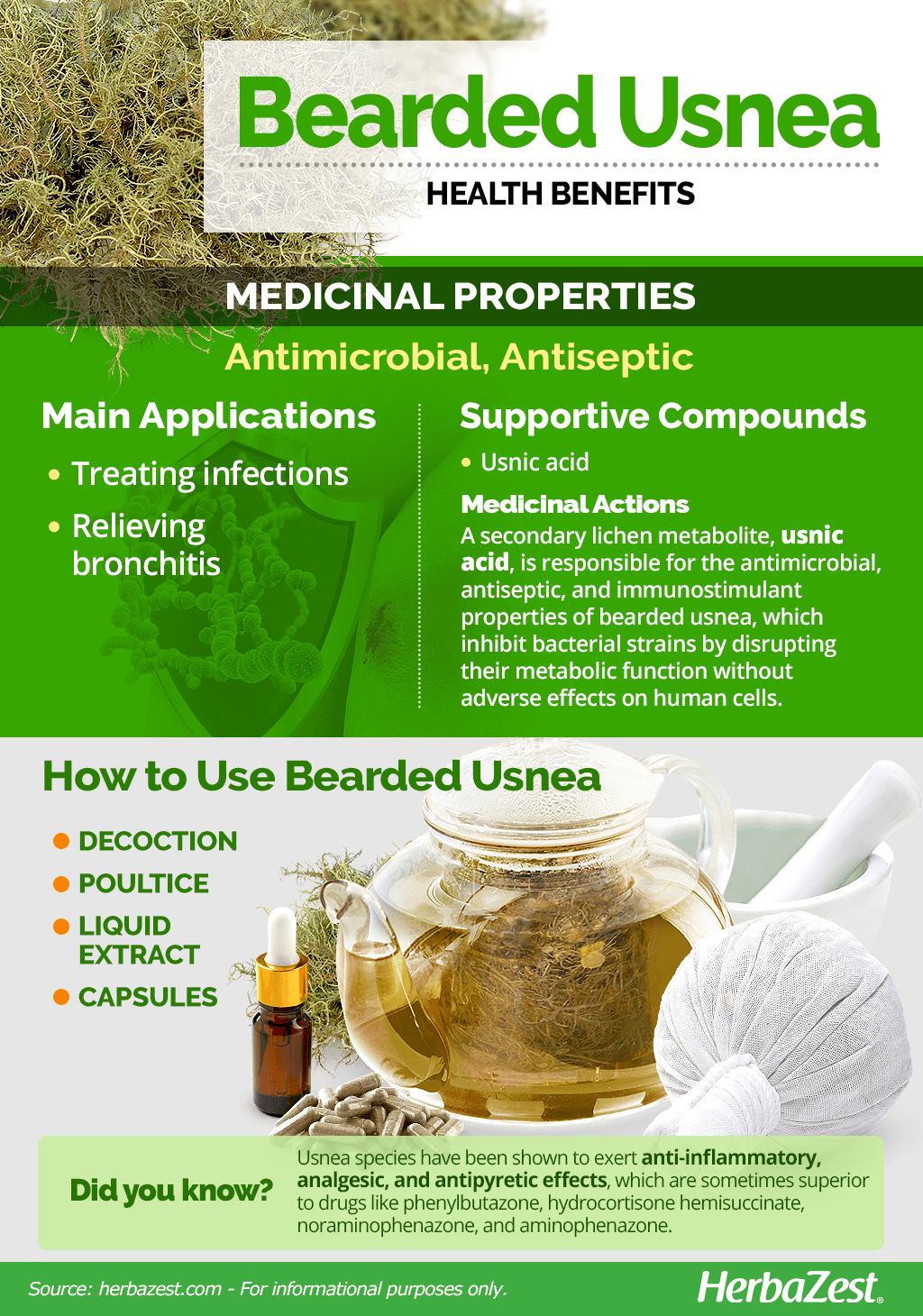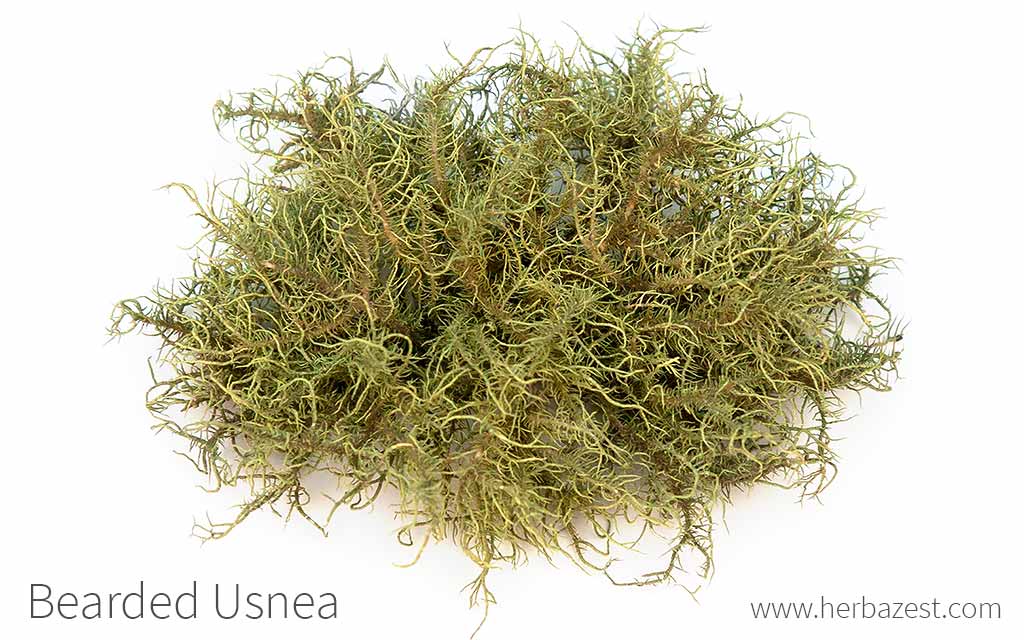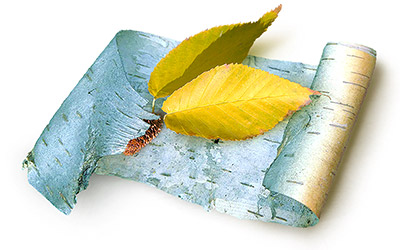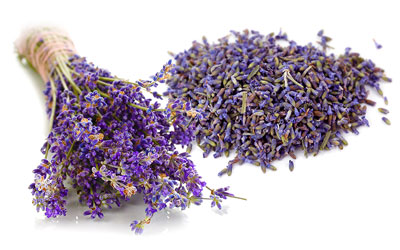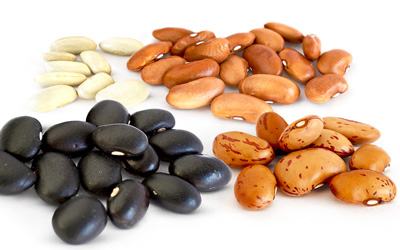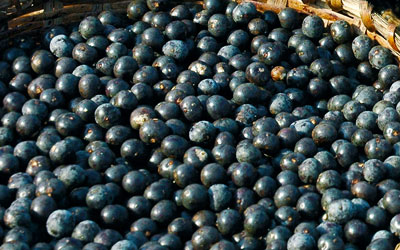Bearded usnea, also known as beard moss and old man's beard moss, among other popular names, is a lichen that grows on aging trees in forest areas across the Northern Hemisphere. It has a long history of medicinal uses, from Ancient Greeks to Chinese traditional medicine. Bearded usnea is still popular in Europe as an active compound in commercial preparations for treating bacterial and fungal infections.
Bearded Usnea Medicinal Properties
Health Benefits of Bearded Usnea
The antibiotic and antimicrobial properties of bearded usnea, or beard moss, have found several traditional medicinal uses, such as:
Treating infections. Because of its antibiotic, anti inflammatory actions, bearned usnea can help fight infections, including those of the urinary tract (UTIs).
Relieving bronchitis. The broad antibiotic spectrum of bearned usea is very helpful for treating the symptoms of bronchitis, lowering pain, fever, and inflammation, as well as promoting mucus excretion.
Additionally, the usnea lichen is also used for soothing skin problems. It has been traditionally used topically for sanitizing wounds, superficial infections, and even contact dermatitis.
Usnea extracts have been marketed in the United States as dietary supplements to aid in weight loss. However, their efficacy is yet to be scientifically proved.
How It Works
The main compound behind bearded usnea's health properties is the bitter usnic acid, which is a prominent secondary lichen metabolite, known for its immunostimulant and antibiotic properties. Usnic acid appears to inhibit the proliferation of bacteria by disrupting its metabolic function, although it does not adversely affect that of human cells.1,2
Extracts of bearded usnea have reportedly displayed significant activity against gram-positive bacteria, such as Bacillus subtilis, responsible for food poisoning; Enterococcus faecalis, which causes urinary tract infections, endocarditis, bacteremia, and wound infections; Micrococcus viradans, involved in the development of streptococcal infections and endocarditis; and Staphylococcus aureus, which can cause from minor skin infections to more serious diseases, such as pneumonia and meningitis.3
Additionally, in vitro studies have shown that the anti-inflammatory activity of Usnea species is comparable, and sometimes superior, to that of drugs such as phenylbutazone and hydrocortisone hemisuccinate; on the other hand, their analgesic activity has been close to that of noraminophenazone, while their antipyretic activity was equal to that of aminophenazone.4
Herbs like blueberry, cranberry, marigold, and parsley are also effective for treating urinary infections, whereas agrimony, cleavers, comfrey, and tea tree, a provide similar antiseptic, wound healing benefits.
Bearded Usnea Side Effects
Though it may have health benefits, usnic acid is also a suspected toxin. The Food and Drug Administration (FDA) is following up reports of liver damage as a direct result of ingesting the substance, and currently tests are being carried out to evaluate bearded usnea toxicity.
- Medicinal action Antimicrobial, Antiseptic
- Key constituents Usnic acid
- Ways to use Capsules, Decoctions, Liquid extracts, Poultice
- Medicinal rating (3) Reasonably useful plant
- Safety ranking Use with caution
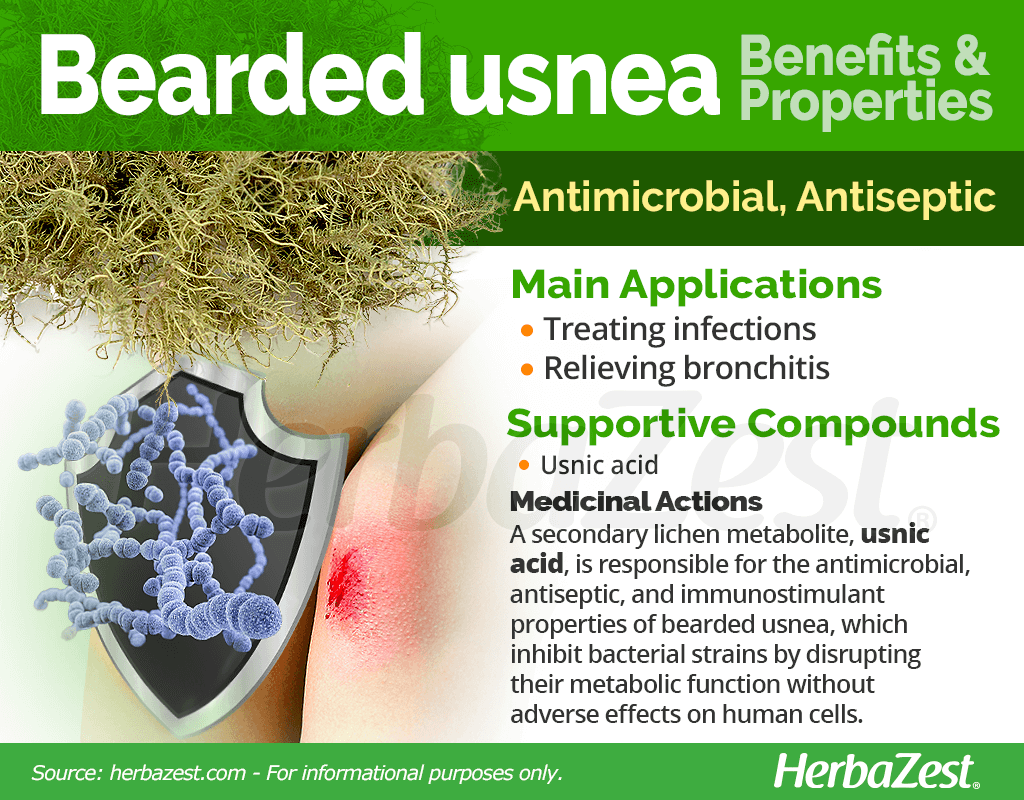
How to Consume Bearded Usnea
Through history, bearded usnea has been used for treating a wide range of health conditions. Nowadays, the herb can be found in medicinal forms which concentrate its medicinal benefits.
Natural Forms
Decoction. Dried usnea can be boiled and used topically, for disinfecting superficial wounds and treating eczema.
Poultice. The dried liquen can be soaked in hot water and then applied directly over the affected area, in order to prevent infections.
Herbal Remedies & Supplements
Capsules. Usnea capsules can be taken in supervised medicinal doses to help with urinary, viral, and bacterial infections.
Liquid extracts. Bearded usnea extracts can be consumed safely in small amounts, diluted in water.
Due to the potential toxicity of usnic acid, a physician should be consulted before an usnea treatment is started.
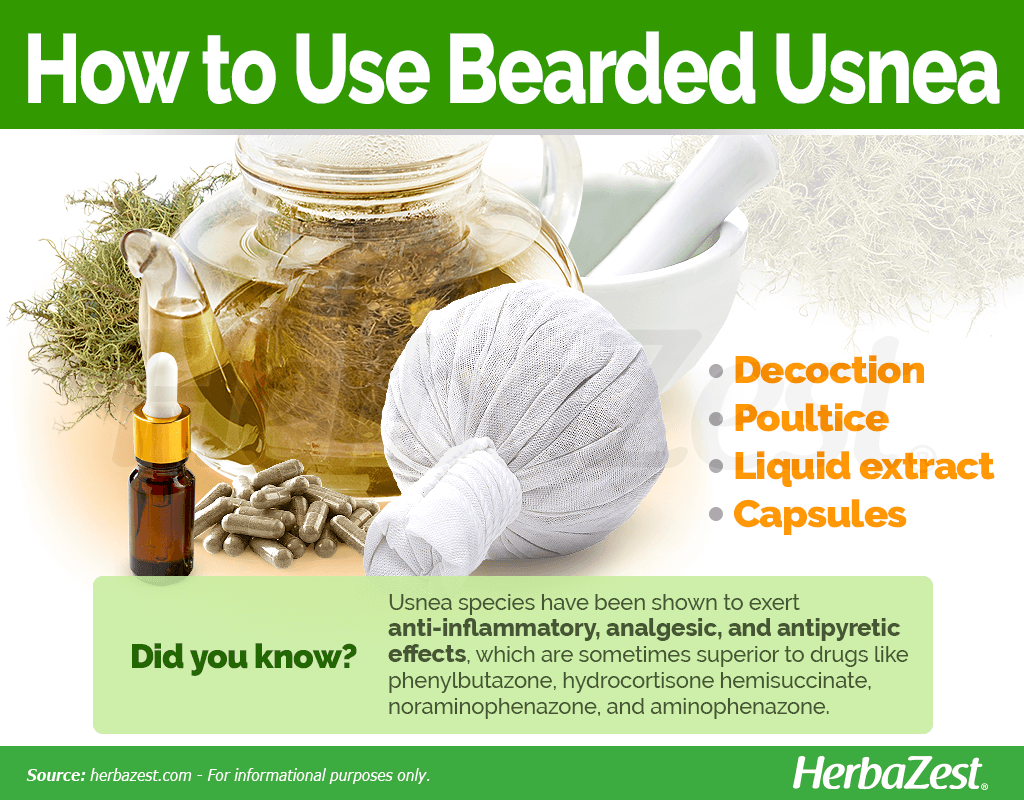
Additional Information
Plant Biology
Bearded usnea (Usnea barbata) is bushy lichen, which has long stems, which look like a tangled mass of threads. It is a light gray-green color, and inside, there is a white central cord. This fruticose lichen typically grows on the trunk and branches of trees and shrubs.
Classification
Bearded usnea hails primarily from North America and it is a member of the Parmeliaceae, which is the largest family of lichen-forming fungi and comprises over 2700 species across 79 genera.
Related Species
Being a lichen rather than a plant, no varieties or cultivars of bearded usnea have been described or developed. However, there are approximately 87 species in the Usnea genus, many of which can be confused with Usnea barbata because they are similar in appearance. A few examples are U. dasypoga; U. rubicunda (red beard lichen), similar to U. barbata but red in color; and U. subfloridana, a very common lichen that is almost indistinguishable from bearded usnea.
Nineteen species of the genus Usnea are currently used as folk medicines all over the world.
Historical Information
Lichens were highly valued by the Ancient Greeks and made their way to European pharmacopeia in the early 14th century. By the late 1700s Usnea species were widely preferred for treating a variety of illnesses, from skin lesions, nausea, and diarrhea to smallpox and insomnia.
A decoction of Usnea spp. was used as an anti-inflammatory and skin moisturizer.
Usnic acid was first isolated by the German scientist W. Knop in 1844, but its uses were restricted to folk medicine until 1994, when it became commercially available. However, the industrial and medicinal uses of bearded usnea and usnic acid are yet to be certified by the Food and Drug Administration (FDA).
Economic Data
Usnea has commercial importance owing to its production of usnic acid. The bearded usnea market is mainly based around its industrial uses, particularly in the cosmetic and health industry. A substantial amount of money is made each year from the use of usnic acid in antibiotic preparations and as a bactericide in certain beauty products, such as deodorant.
Other Uses
Dye. Usnea species have long been used to produce dyes of different colors.
Personal care. Usnic acid antimicrobial and antifungal properties are also useful in the production of creams and lotions.
Industry. In eastern countries (such as China, Japan, Taiwan, and India) as well as in Europe, usnic acid is formulated in toothpaste, mouthwash, deodorants, and sunscreen products as an active principle, or a preservative agent.
- Other uses Cosmetics, Dye
Sources
- Auerbach's Wilderness Medicine, p. 1518
- Journal of Environmental Science and Health, Review of usnic acid and Usnea barbata toxicity, 2008
- Lichen Secondary Metabolites: Bioactive Properties and Pharmaceutical Potential, p. 40
- Lichens for Vegetable Dyeing
- Nordic Journal of Botany, A review of the lichen family Parmeliaceae – history, phylogeny and current taxonomy, 2012
- Pharmaceutical Biology, Evaluation of Antimicrobial Activity of Extracts from South African Usnea barbata, 2008
- Romanian Journal of Physiology, Contributions to the complex study of some lichens-Usnea genus. Pharmacological studies on Usnea barbata and Usnea hirta species, 1993
- RSC Advances, The genus Usnea: a potent phytomedicine with multifarious ethnobotany, phytochemistry and pharmacology, 2016
- University of Michigan Health, Usnea
- USDA Plants Database, Usnea Dill. ex Adans. beard lichen
- Rosemary Gladstar's Herbal Recipes for Vibrant Health
- Encyclopedia Britannica Online, Beard Lichen
- Edible and Medicinal Plants of the West
- Food and Drug Administration, Division of Dietary Supplement Programs, NTP Nomination for Usnic Acid and Usnea Barbata Herb
Footnotes
- Pharmaceutical Biology. (2008). Evaluation of Antimicrobial Activity of Extracts from South African Usnea barbata. Retrieved June 24, 2024, from: https://www.tandfonline.com/doi/abs/10.1076/phbi.41.3.199.15089
- Iranian Journal of Pharmaceutical Research. (2016). Antioxidant and Antimicrobial Potential, and HPLC Analysis of Stictic and Usnic Acids of Three Usnea Species from Uludag Mountain (Bursa, Turkey). Retrieved June 24, 2024, from: https://www.ncbi.nlm.nih.gov/pmc/articles/PMC5018281/
- Zeitschrift für Naturforschung C (ZNC) - A Journal of Biosciences. (2006). Identification and Quantitation of Usnic Acid from the Lichen Usnea Species of Anatolia and Antimicrobial Activity. Retrieved June 24, 2024, from: https://www.degruyter.com/document/doi/10.1515/znc-2006-11-1202/html
- Romanian Journal of Physiology. (1993). Contributions to the complex study of some lichens-Usnea genus. Pharmacological studies on Usnea barbata and Usnea hirta species. Retrieved June 24, 2024, from: https://pubmed.ncbi.nlm.nih.gov/7982010/
